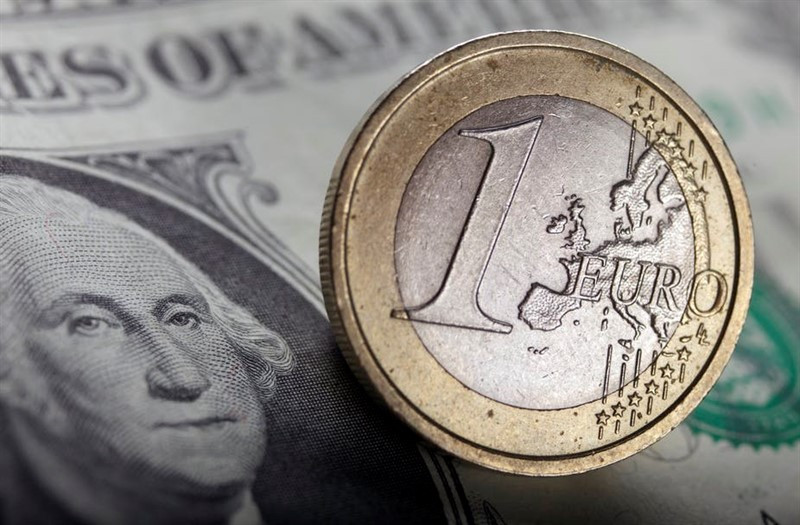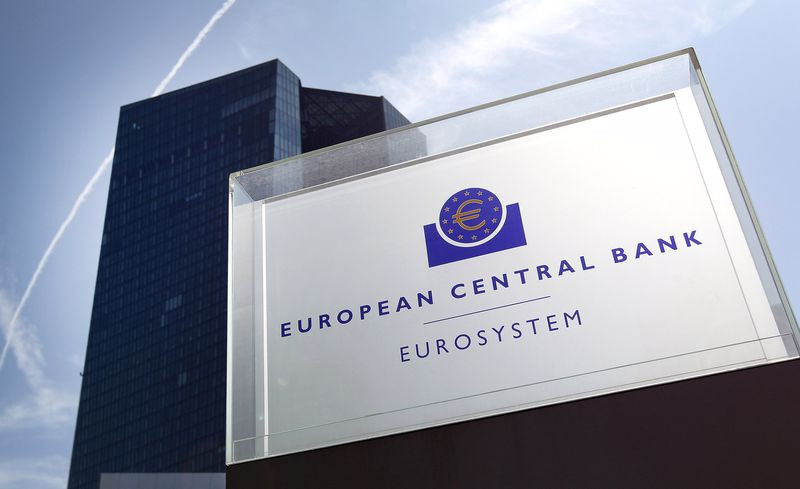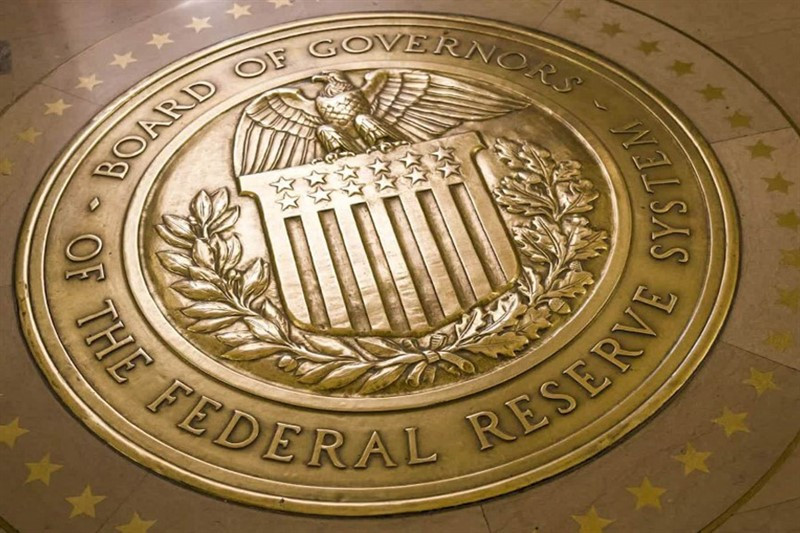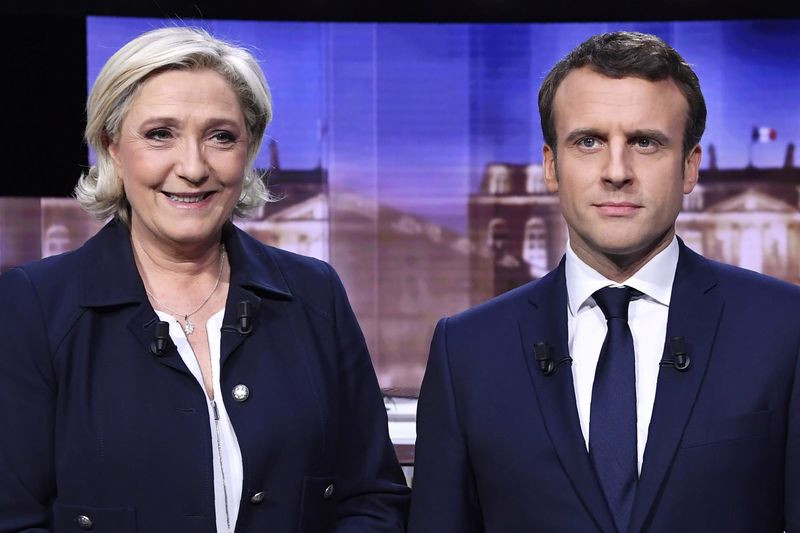
The greenback ended the last five days on a positive note. The USD index recorded its highest weekly close since March 2020, managing to stay above the 100.00 level on Friday.
Strong statistical data on the United States, published on the eve of the weekend, helped the greenback to maintain a positive attitude.
Thus, the Board of Governors of the Federal Reserve reported that the volume of industrial production in the country by the end of March increased by 0.9% compared to February, with a growth forecast of 0.4%.
A separate report showed that in April, the New York State manufacturing index jumped to 24.6 points from -11.8 points recorded in March.
The US currency was also supported by increased expectations regarding further tightening of the Fed's monetary policy.
According to the CME Group, the probability of an increase in the Fed's key rate at the May meeting by two minimum steps at once, according to tradition, is estimated at 91%.
The latest economic data on the United States, including Friday's statistics, create suitable conditions for such a decision.
According to the head of the Federal Reserve Bank of New York, John Williams, raising the rate by half a point next month is a very reasonable option.
On Friday, the players also continued to play back the results of the European Central Bank's April meeting. On Thursday, the central bank left the parameters of monetary policy unchanged. This forced investors to put a growing gap in the rates of the ECB and the Fed into prices.
Although the ECB confirmed plans to end its stimulus program in the third quarter, it stressed that there is no clear timeline for when rates in the eurozone will start to rise, and that policy is flexible and can change quickly.
At a press conference, ECB President Christine Lagarde said that the risks to the inflation forecast in the short term are shifted upward, and economic growth will remain weak.
When central banks are unsure of what needs to be done, they sit back, preferring to remain in wait-and-see mode.

EUR/USD traders perceived the ECB's decision on monetary policy as dovish against the background of the lack of traction of the central bank to tighten.
The cautious tone of Lagarde's comments caused a strong sell-off of the euro.
As a result, the EUR/USD pair fell to its lowest level in almost two years around 1.0760, before recovering to 1.0827. Nevertheless, on Thursday, the pair sank by more than 0.5%. On Friday, it continued to bear losses, falling by about 0.18%. The pair ended the week, during which it lost more than 100 points, almost flat, near 1.0805, against the background of weekless trading, as the main trading platforms were closed due to Good Friday.
At the beginning of the new week, trading conditions remain weakened due to the festive Easter Monday in Europe, Hong Kong and Australia.
The US stock exchanges are functioning normally today. However, the US economic calendar will not offer any significant releases. Therefore, the main driver for the EUR/USD pair remains the dynamics of the greenback.
Tracking the risk-averse market environment at the beginning of the new week, the USD index clings to growth above 100.00. Dollar bulls do not lose sight of the previous week's high at 100.76, demonstrating a willingness to update two-year peaks on the way to the level of 101.00.
The players were alerted by the report, which reflected a drop in retail sales in China in March by 3.5% against the expected decline of 1.6%.
The slowdown in the world's second-largest economy is fraught with risks of a global recession, which increases the demand for a safe dollar.
Key US stock indexes fluctuate between gains and losses on Monday, reflecting the cautious mood of market participants.
Admittedly, the market is holding up surprisingly well, although the severity of a number of problems is increasing every day. The S&P 500 index continues to run in the range of 4100-4600. The main reason for the stability of the market is still a high level of liquidity.
However, the inflation flywheel unwinding in the US and the beginning of the Fed's tough fight against this scourge do not bode well for stocks and only add fuel to the fire of USD strengthening.
One of the central events of this week will be the speech of Fed Chairman Jerome Powell at the spring meeting of the International Monetary Fund (IMF).
Several other Fed officials are also due to speak during the week, including St. Louis Fed President James Bullard, Chicago Fed Chief Charles Evans and San Francisco Fed President Mary Daly.

Any comments by Fed officials in support of aggressive tightening of monetary policy in an attempt to control inflation may lead to an increase in the dollar.
Demand for the US currency remains high amid uncertainty related to the Ukrainian crisis and quarantine measures in China, which disrupt supply chains and cause inflation to rise due to higher commodity prices.
The main help for oil quotes in the short term may be the new restrictive measures of the EU against Russia, aimed, among other things, at the energy sector. If the EU decides to take such a decisive step, the prices of oil can soar to new heights. And the mark of $130 per barrel is far from the limit.
At the same time, fears are growing that the bloc is not ready to cope with the economic consequences of the ban on oil imports from the country, which is its largest supplier.
The eurozone is due to publish PMI data on Friday, which may show some economic consequences of the conflict in Ukraine. The special operation of Russian troops on the territory of a neighboring state has been going on for 50 days, and the situation in the region remains difficult.
The threat of aggravation of the situation on the geopolitical front allows the dollar to hold positions against the single currency.
The EUR/USD pair is trading on Monday in the "sideways" near 1.0800, remaining under moderate bearish pressure.
It is assumed that the United States, as one of the leading energy exporters, which has strengthened its position, will have the least impact on the economy compared to many European countries that are net importers of oil and gas.
In addition, core inflation in the eurozone is much lower – 3% versus 6.5% in the United States. This indicates that there is no pressure on the ECB to raise rates.
If the central bank were determined to fight inflation, it would at least say that rates could rise immediately after the end of quantitative easing.
On Thursday, April 21, the release of the final estimate for overall inflation in the eurozone is expected, which, according to experts, accelerated in annual terms in March to 7.5% from 5.9% a month earlier. Higher inflation, along with the ECB's passive stance, makes the single currency cheaper, eroding its purchasing power.

Another topic that market participants are closely following is the election race in France.
Presidential candidates Emmanuel Macron and Marine Le Pen will face off in a televised debate on Wednesday ahead of Sunday's second round of voting.
"Such a televised duel of candidates is a tradition of the Fifth Republic. Therefore, a lot will be decided on the evening of April 20," said Thierry Mariani, former French Transport Minister and MEP.
"The election campaign did not bring any discoveries this time. In the second round there will actually be the same duel as five years ago," Mariani believes.
"Nevertheless, anything can happen. Although Macron is the favorite, the result is by no means a foregone conclusion," he added.
According to Mariani, a lot will depend on the upcoming live conversation for both the current French leader and M. Le Pen.
Uncertainty about the outcome of the elections in France, the increasing divergence in the rates of the Fed and the ECB, as well as the ongoing Russian-Ukrainian conflict spur demand for the dollar and reduce the attractiveness of the euro in the eyes of investors.
Thus, the factors that last week brought the main currency pair to the lowest levels in almost two years remain in play.
The key support for EUR/USD is at 1.0760. If the pair falls below this mark and starts using it as resistance, the bears may aim at 1.0730, and then at 1.0700.
On the other hand, the nearest resistance is located at 1.0800. However, in order to attract bulls and recover in the direction of 1.0860 (50-day moving average), the pair needs to turn the level of 1.0830 (20-day moving average) into support.
 English
English 
 Русский
Русский Bahasa Indonesia
Bahasa Indonesia Bahasa Malay
Bahasa Malay ไทย
ไทย Español
Español Deutsch
Deutsch Български
Български Français
Français Tiếng Việt
Tiếng Việt 中文
中文 বাংলা
বাংলা हिन्दी
हिन्दी Čeština
Čeština Українська
Українська Română
Română

